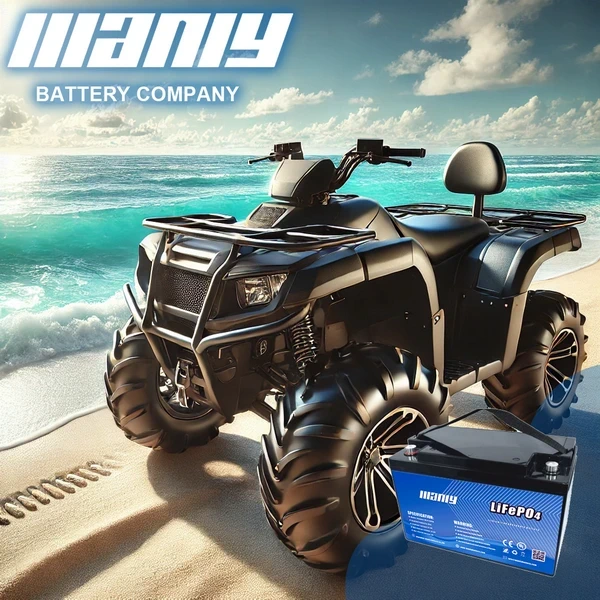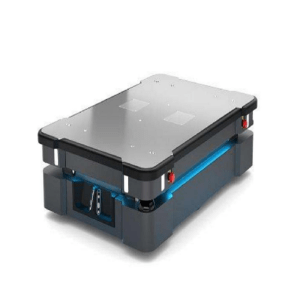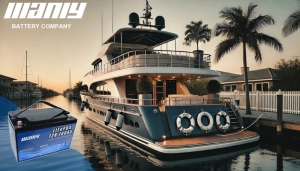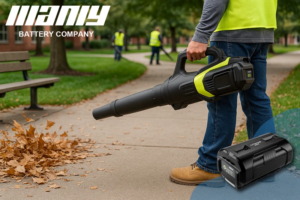How Long Does an ATV Battery Last?
Table of Contents
- How Long Does an ATV Battery Last?
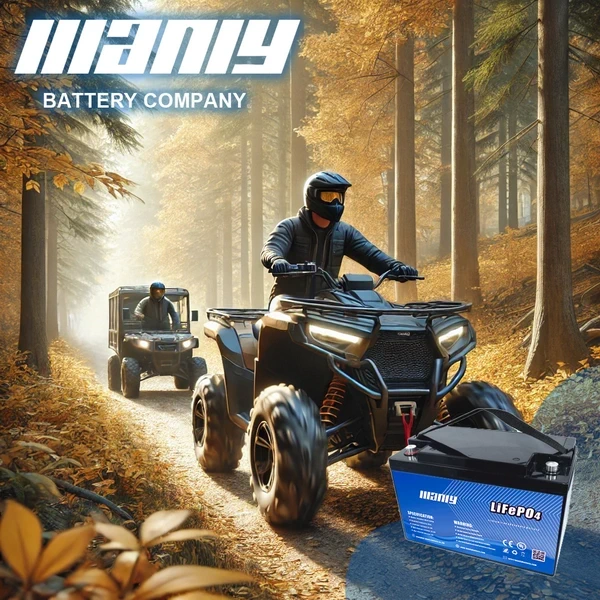
Understanding Your ATV Battery's Lifespan
Your ATV Battery’s longevity depends on how you ride, the climate you face, and your upkeep routine. In general:- Flooded lead-acid batteries typically last 2–3 years (sometimes up to 5 with stellar maintenance).
- AGM (Absorbed Glass Mat) batteries usually provide 3–5 years of service, often stretching to 6–8 years under optimal conditions.
- Lithium iron phosphate batteries can keep you going for 8–10 years or even longer, offering superior cycle life and performance.
What Kind of Battery Does an ATV Use?
ATVs typically run on one of three battery types: flooded lead-acid, AGM, or lithium iron phosphate. Each battery type offers its own set of benefits and challenges. Flooded batteries are cost-effective but need regular water topping, AGM batteries are sealed and require less maintenance and lithium batteries deliver exceptional longevity and power density. This variety ensures an option to match your riding style and maintenance preference—let’s break each down.Flooded Lead-Acid Batteries
- Pros: Inexpensive, widely available
- Cons: Requires regular topping with distilled water; higher self-discharge rate
- Lifespan: Generally 2–3 years (up to 5 years with diligent care)
AGM Batteries
- Pros: Maintenance-free, sealed design, resistant to vibrations and extreme temperatures
- Cons: Higher upfront cost compared to flooded batteries
- Lifespan: Typically 3–5 years, extendable to 6–8 years with proper charging
Lithium Iron Phosphate Batteries
- Pros: Lightweight, long cycle life, low self-discharge, fast charging
- Cons: Premium price and sensitivity in frigid climates
- Lifespan: Up to 8–10 years or more with ideal usage
How Do I Charge My ATV Battery?
Proper charging is critical to keep your ATV Battery in top shape. Use the correct charger that matches your battery’s voltage and chemistry. Whether you’re using a standard charger, a trickle charger for slow, safe charging, or even a solar charger for an eco-friendly boost, following the manufacturer’s guidelines will help you avoid overcharging or undercharging. This care preserves battery life and ensures you’re always ready for adventure.Charging Tips:- Disconnect your battery before connecting the charger.
- Use a charger with the correct voltage setting.
- Consider a smart charger that automatically adjusts the charge rate.
- For lead-acid batteries, use a trickle charger during long storage periods.
When Should I Replace My ATV Battery?
If your ride struggles to start, the lights dim unexpectedly, or you notice physical damage (like bulges or corrosion), it might be time to replace your ATV Battery. Regularly checking the voltage—with a healthy battery reading around 12.6 volts—can save you from a roadside letdown. When your battery consistently reads below 12.4 volts or fails to hold a charge despite proper charging, it’s time for an upgrade.Key Warning Signs:- Slow engine cranking or weak performance
- Visible cracks, bulges, or leaks
- Inconsistent or low voltage readings
- Reduced charge retention over time
Tips for Extending Your ATV Battery's Lifespan
Keeping your ATV Battery running at its best is easier than you think. Here are some hands-on tips to boost its longevity:- Stay Charged: Never let your battery fully drain. Regular use or a smart maintainer keeps the charge optimal.
- Mind the Temperature: Extreme heat or cold can kill a battery. Store your battery in a cool, dry place during the off-season.
- Regular Cleaning: Use baking soda and water to keep terminals free of corrosion.
- Secure Connections: Check that all electrical connections are tight and secure.
- Balanced Accessories: Avoid overloading your system with too many power-hungry accessories.
